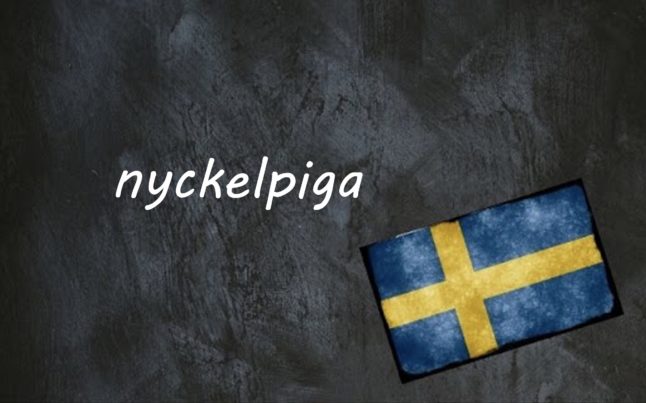Rötmånad is a Swedish compound word, made up of the verb röta (to rot) and the noun månad (month).
It's used to describe the period from late July to late August. Some people might say it runs from July 23rd to August 23rd, but this is based in superstition: others use it to talk about any part of the summer with high temperatures and humidity which might cause fresh food to go off more quickly due to bacterial growth.
It's much less of a worry since the invention of fridges, but the Swedish Food Agency still issues advice to use cooler bags for picnics and to store and transport food appropriately during this time of year. Taking these precautions, particularly with raw meat for example if used for barbecuing, helps to avoid unnecessary food waste and bacteria-borne illnesses, both of which are more likely in the hot summer period.
You can also translate rötmånad into English as 'dog days', a term to refer to the days of late summer where the long, humid days were thought to lead to bad luck and mysterious happenings, such as sudden thunderstorms and food deteriorating in quality. Of course, these days we know there are scientific reasons as to why these things happen on summer days.
A rötmånadshistoria (literally 'rotting month story' or 'dog days story') is a term to refer to stories with fantastic and unbelievable elements, because of the association between this time of year and unusual events.
And according to superstition, calves with deformities were more likely to be born in this late summer period, so they are sometimes called rötmånadskalv (literally 'a dog days calf').
Examples
Augusti är känd som rötmånaden i Sverige
August is known as the 'rotting month' in Sweden
Det är extraviktigt att hålla maten fräsch under rötmånaden
It's extra important to keep food fresh during the dog days of summer



 Please whitelist us to continue reading.
Please whitelist us to continue reading.
Member comments